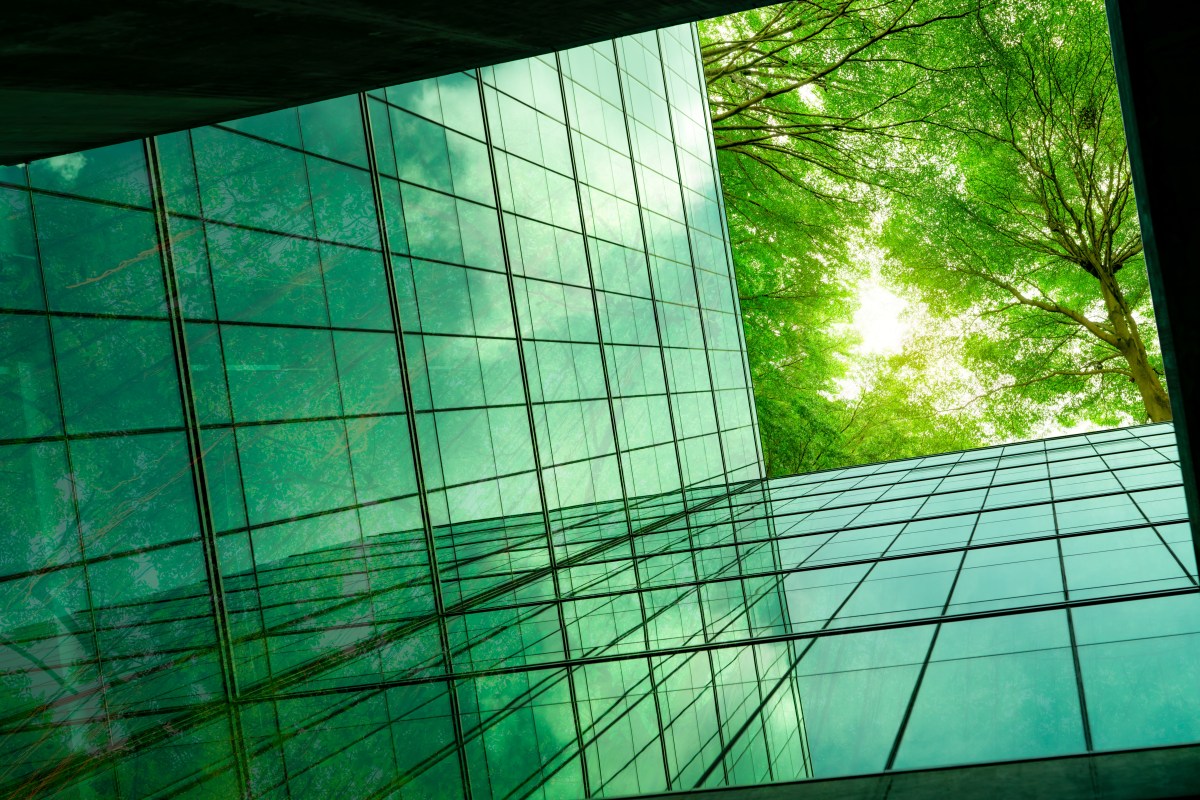Overview:
ClearVue Technologies integrated photovoltaic technology significantly reduces a building's carbon footprint by cutting energy consumption and integrating on-site solar power generation.
Australian-developed integrated photovoltaic technology has been found to significantly reduce a building’s carbon footprint by cutting energy consumption and integrating on-site solar power generation.
ClearVue Technologies’ second generation photovoltaic insulated glass units (Gen-2 PV IGUs) system integrates solar cells directly into windows to generate electricity while improving a building’s energy efficiency
Recent independent, third-party testing has verified the technology’s potential to deliver long lasting emissions reductions that support climate change mitigation efforts across the construction and property sectors.
The testing showed real-world performance benefits for tropical climates, reducing a building’s carbon footprint along with generating significant efficiency and energy savings.
ClearVue Technologies is an Australian technology company listed on the ASX that has developed advanced glass technology that aims to preserve glass transparency to maintain building aesthetics whilst generating electricity.
Its technology uses nano and micro particle technology to internally diffuse, redistribute, and reflect elements of the incoming light towards the edges of the glass panel, where it is collected by monocrystalline silicon-based PV modules. The PV modules are placed into a circuit, which is optimised to harvest energy rays coming from multiple directions — even when cloudy.
Measurable energy savings
The recent testing was completed by Singapore Building and Construction Authority (BCA) — the main independent regulatory authority in the region.
The BCA testing compared ClearVue’s high energy-output clear solar glass technology Gen-2 PV IGUs against BCA’s ‘Greenmark Platinum’ rated double-glazed low-e product.
Based on Singapore’s grid emission factor, the technology cuts total electricity use by 7.5% on average. This amounts to annual carbon dioxide savings of more than 0.37 tonnes per 100 square metres of installed façade units. Over a 25-30 year lifespan, this could mitigate more than 9.5 tonnes of CO2 emissions from the grid.
It was also shown to reduce cooling load by 22.8% and overall energy savings by 7.5%. It also improved thermal comfort for building occupants 96.1% of the time and reduced imperceptible glare by 75.2% — considerably above control cell levels.
This highlights the technology’s potential to deliver long lasting emissions reductions that support climate change mitigation efforts across the construction and property sectors.
ClearVue CEO Martin Deil said, “The BCA SkyLab results validate ClearVue PV as an outstanding integrated product that delivers strong thermal and energy outcomes. The test data proves our technology’s ability to simultaneously cut costs and enhance occupant comfort in the tropics by reducing solar heat gain.
“We are thrilled the benefits of the Gen-2 PV IGU products have once again been confirmed. Excitingly, the technology is expected to deliver even better energy performance in more favourable climatic zones and we anticipate improved carbon outcomes in cities with higher grid emission factors, providing greater potential CO2 savings and accelerated carbon payback from ClearVue’s PV IGUs.
“BCA’s comprehensive testing program clearly shows the advantages our PV glazing technology provides – as both an energy generator and passive design solution. This is not only good for the environment but will help companies meet the increasing pressure on the building sector to reduce their carbon footprint to meet clean energy targets and current and incoming sustainability mandates.
“ClearVue’s building envelope solutions can meaningfully improve the sustainability and efficiency of new and existing buildings.”

